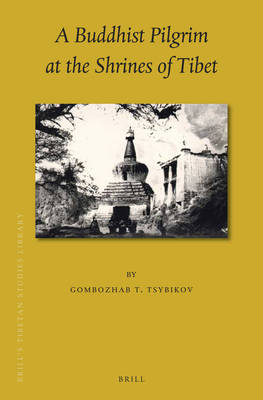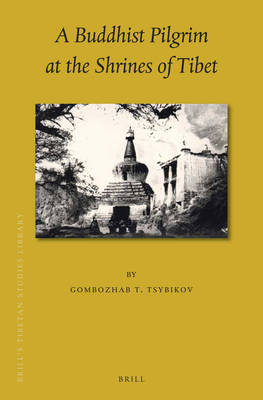
- Afhalen na 1 uur in een winkel met voorraad
- Gratis thuislevering in België vanaf € 30
- Ruim aanbod met 7 miljoen producten
- Afhalen na 1 uur in een winkel met voorraad
- Gratis thuislevering in België vanaf € 30
- Ruim aanbod met 7 miljoen producten
Zoeken
Omschrijving
Tsybikov was the first scholar with a European education to visit Tibet and describe its monasteries and temples as an eyewitness traveler and an objective researcher. Tsybikov had two distinct advantages: an ethnic Buryat he could travel as a Buddhist pilgrim and thus have a chance of reaching its mysterious capital Lhasa, the religious and political center of Tibet, which was barred to outsiders, especially Europeans; as a scholar educated at a European university he had the historical and linguistic background to understand and describe what he saw. Tsybikov understood the secretive nature of the lama state and was careful to hide his work as a researcher. It was his journal that became the basis of A Buddhist Pilgrim at the Shrines of Tibet, which has both the vividness of a traveller's eyewitness account and the informed detachment of a scholar. As a record of both religious practices and the everyday life in Tibet before Chinese inroads during the twentieth century effaced that way of life, Tsybikov's book is a unique and invaluable snapshot of a lost culture.
Specificaties
Betrokkenen
- Auteur(s):
- Vertaler(s):
- Uitgeverij:
Inhoud
- Aantal bladzijden:
- 306
- Taal:
- Engels
- Reeks:
- Reeksnummer:
- nr. 42
Eigenschappen
- Productcode (EAN):
- 9789004335769
- Verschijningsdatum:
- 16/02/2017
- Uitvoering:
- Hardcover
- Formaat:
- Genaaid
- Afmetingen:
- 157 mm x 236 mm
- Gewicht:
- 589 g

Alleen bij Standaard Boekhandel
+ 421 punten op je klantenkaart van Standaard Boekhandel
Beoordelingen
We publiceren alleen reviews die voldoen aan de voorwaarden voor reviews. Bekijk onze voorwaarden voor reviews.











